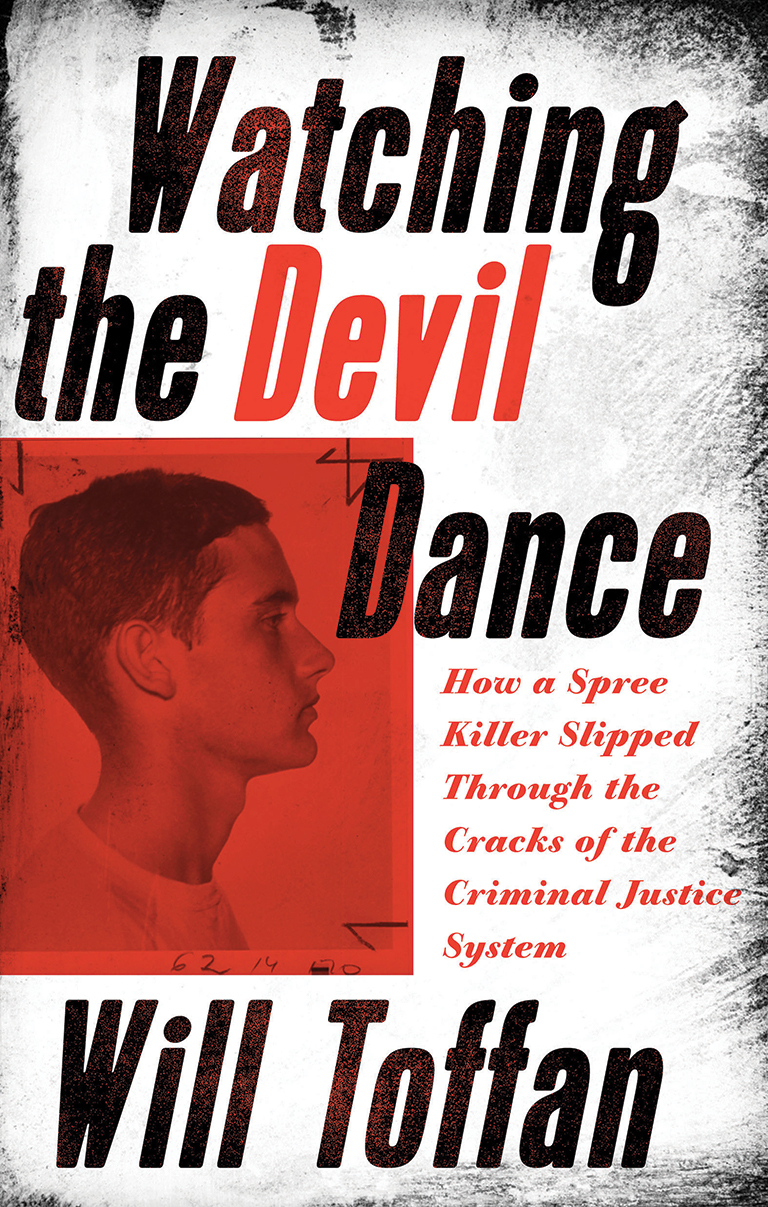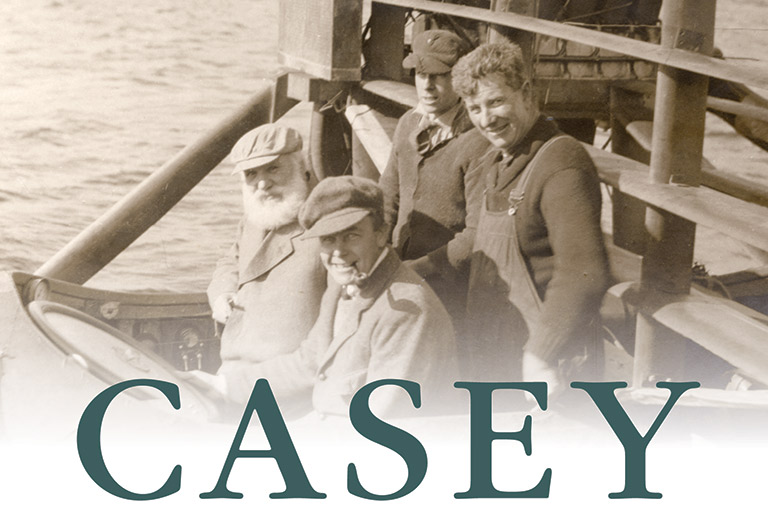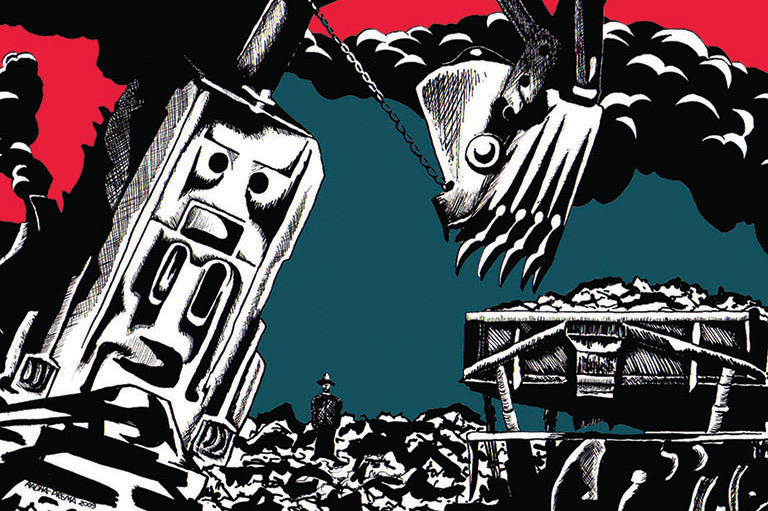Watching the Devil Dance

Watching the Devil Dance: How a Spree Killer Slipped Through the Cracks of the Criminal Justice System
by Will Toffan
Biblioasis
196 pages, $22.95
In 1966, the phrase “spree killer,” meaning a person who murders two or more people in more than one location, was not in common use. Nevertheless, people like that existed.
That summer, North American news media reported mass murders such as the gruesome killings of eight student nurses in Chicago and the rampage of the “Texas Tower Sniper” in Austin, Texas. Weeks earlier, in Windsor, Ontario, a spree killing by Matthew Charles Lamb left two teenagers dead and many others wounded.
In Watching the Devil Dance, author and former RCMP officer Will Toffan methodically lays out a story that is replete with detail and insights. He guides readers through both the hours during which Lamb committed his crimes and the investigation that followed.
Sadly, there was no justice in this case. With a general lack of prior training or experience regarding this type of crime, mistakes were made by people working at different stages of the criminal-justice system — and this opened the door to Lamb’s eventual release. He went on to become a celebrated mercenary in Rhodesia, dying in combat in 1976.
Watching The Devil Dance is ably written and includes an interesting bibliography. But it is Toffan’s personal connection to one of the victims — his one-time neighbour and a pre-teen crush — that lends the narrative a singular poignancy.
The book’s epilogue notes that no grief counselling was available for either the police officers or the civilians who were there on the night of the murders. In light of the current ages of the people who were affected, Toffan’s interviews for this book offered a timely opportunity for those who were willing to tell their stories.
Themes associated with this article
Advertisement




